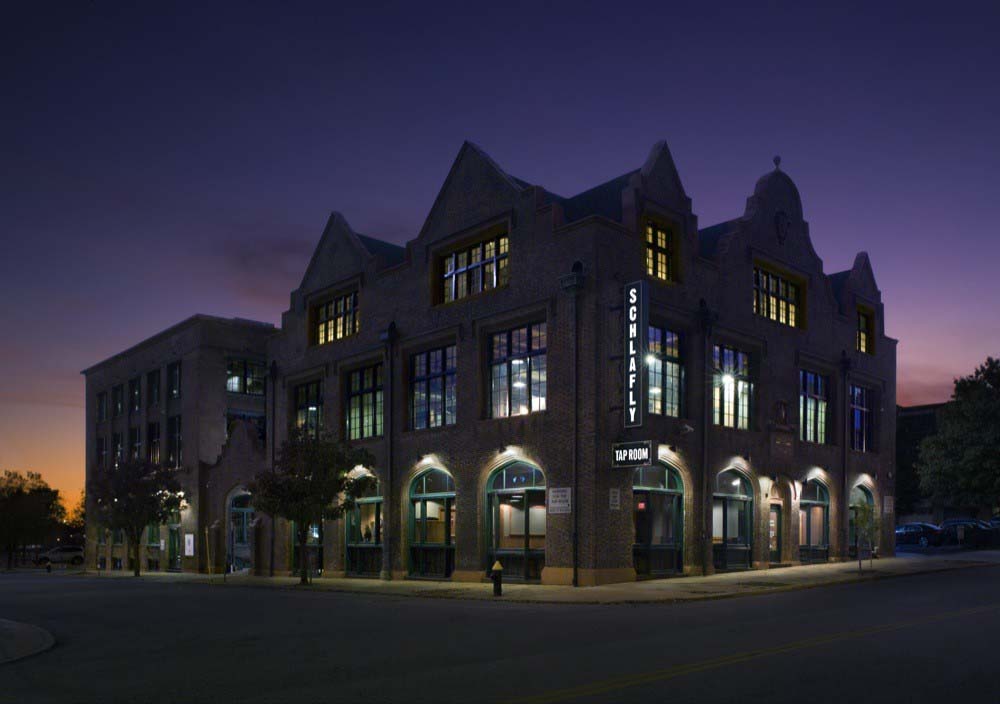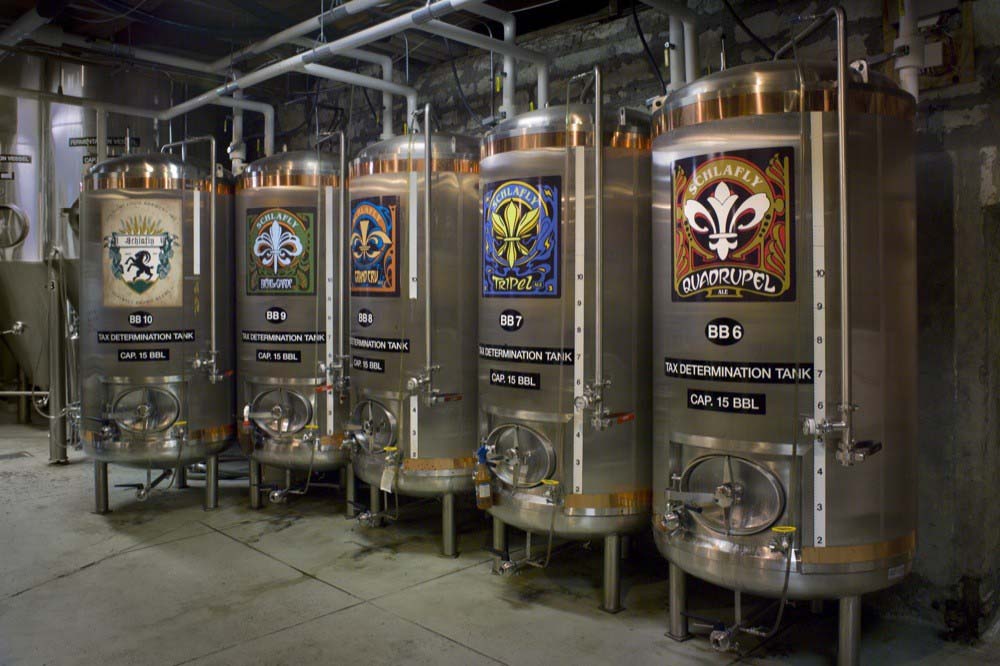
 There are a few things in life, that when you first experience them, you know there is a greater story. The Schlafly Kölsch, properly pronounced as “Cœllsh,” is one of those experiences.
There are a few things in life, that when you first experience them, you know there is a greater story. The Schlafly Kölsch, properly pronounced as “Cœllsh,” is one of those experiences.
The flavor rich brew was first created in 1993, however the co-founder Tom Schlafly wouldn’t settle for simply creating a basic Kölsch. So, after he married his German wife, Ulrike, in 1995 he set out to find a yeast strain that would help him create one of the greatest Kölsch brews.

According to Stephen Hale, the taproom brewmaster at Schlafly Brewing Co., Tom went to Gaffel Becker & Co., in Cologne (Köln), Germany, and purchased their traditional Kölsch yeast, and had it shipped FedEx back to America in a keg. “We realized that it would be nice to have an authentic yeast strain,” he said. “Ulrike knew the owner of Gaffel, and he arranged to have his brewers ship us a keg of yeast — probably the most expensive yeast we ever purchased.”
With the authentic yeast strain, Schlafly set out to create a more authentic Kölsch. “At the time it was a seasonal beer, summer only, and we also chose to put it in 12 oz. bottles when we expanded our bottle line offerings,” said Hale. “The outcry for turning it into a year-round beer by our customers let us to do just that. They wanted it to be year-round, so we gave it to them year-round. It is pretty much the only beer that we use the same yeast strain.”
The Schlafly Kölsch is one of the few beers that has been continuously made with its own yeast strain. “It’s not that common of a thing,” explained Hale. Several things make the Kölsch extremely unique from other crafted beers. “It’s the connection with a city that has its own indigenous style, it’s not just a typical style pale ale, but when you say Kölsch, you know it’s from Cologne, Germany.
“In terms of drinkability, you often hear the words, crisp, clean, refreshing, and all of those certainly apply. It is different, and almost has a certain slight tangy kind of flavor that is very refreshing. It’s not always for everybody, but it’s not a super hoppy beer or anything.”
Not all brewers make a Kölsch-style beer. And, additionally, not everyone uses a famous yeast strain from Gaffel Becker & Co. “I think a lot of it is, being in business for 22 years, you never rest on your laurels, you always know it’s pretty easy to slip, therefore it’s a lot of hard work and takes a lot of people and a lot of talent, and commitment to continue to make a beer as well as you have,” said Hale. “You always ask yourself, is there room to make it better. I know with our pale ale, when it came out as an English-style pale ale, it has evolved over the years, it’s more or less the same beer with small improvements. We can say that with pretty much every beer style.”
Hale believes that, being an “agricultural product,” it can be very easy for breweries to slip up on their products if they aren’t careful. “You have to make adjustments frequently,” he said.
Because the Kölsch is a refreshing, crisp brew, most breweries label them as “light” beers, or they exist as a seasonal summer beer. However, for Hale, the Kölsch can’t be limited to one time a year. “I don’t drink beers backwards — by that I mean I don’t rely on imperial stouts or oatmeal stouts in the summer, and the Kölsch or a hefferveisen in the winter — but they can be unexpectantly even more enjoyable in the sort of off-season.”
Kölsch
Available year round
ABV: 4.8% | IBU: 25
APPEARANCE:Straw-colored, bright
PROCESS:62 degree fermentation
HOPS:Hallertau Tradition, Perle (DE)
GRAINS: Pale, Wheat, Munich, Carapils ®
YEAST:Köln Brewery Yeast Strain
OG:11.8
SRM:6







Be the first to comment